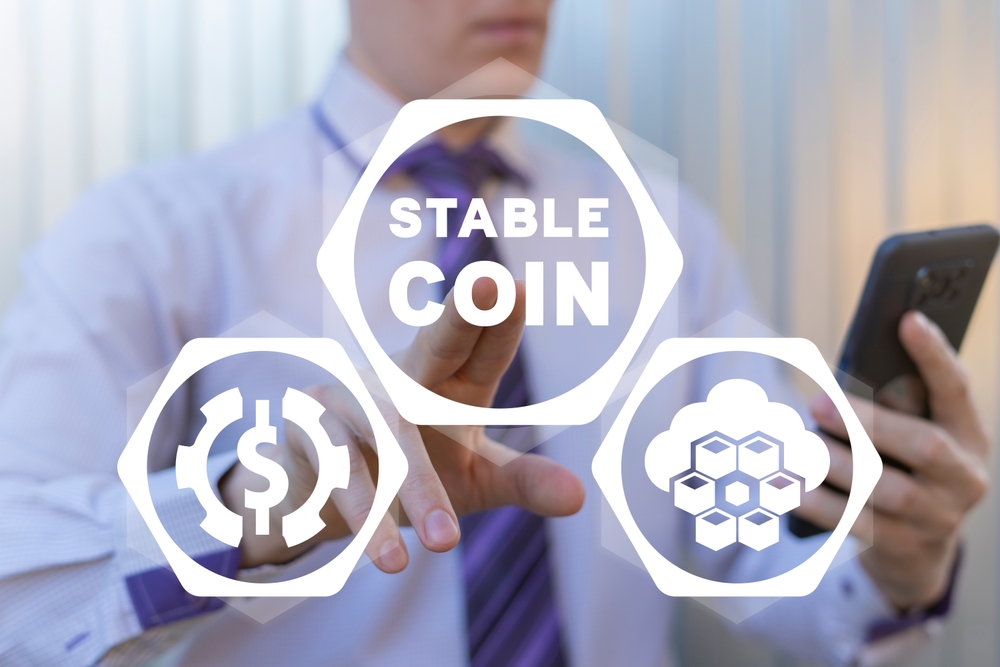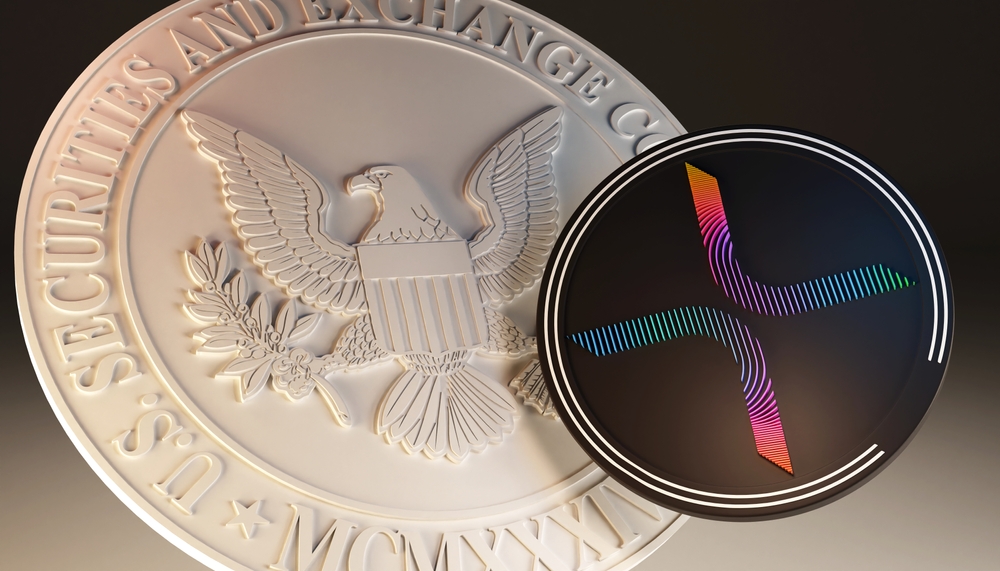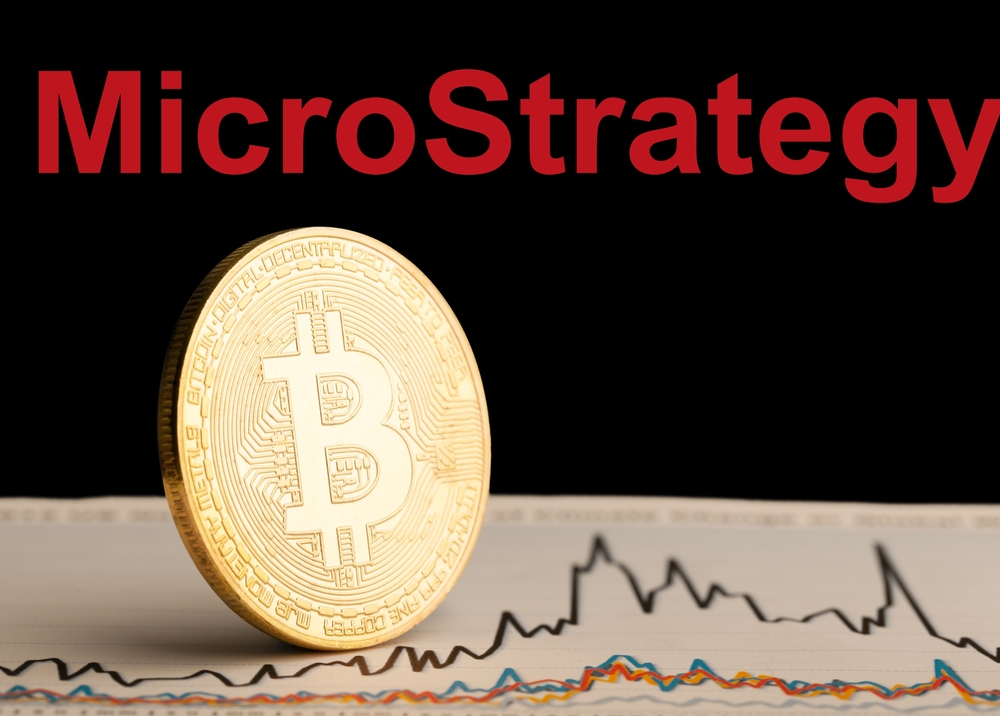Table of Contents
ToggleIntroduction
The Markets in Crypto-Assets (MiCA) regulation is set to change the landscape for cryptocurrencies in the European Union. This new framework aims to bring order and oversight to the rapidly evolving world of digital assets. Tether (USDT), one of the most widely used stablecoins, faces significant challenges under MiCA’s proposed rules.
USDT and EURT do not appear to align with the MiCA framework for stablecoins due to several key issues. The regulation sets strict requirements for stablecoin issuers, including transparency, governance, and reserve management. Tether’s past controversies regarding its reserves and lack of clear audits may pose problems for its compliance.
MiCA aims to protect investors and maintain financial stability in the EU crypto market. For USDT to continue operating in Europe, it will need to adapt to these new rules. This could lead to significant changes in how Tether operates or even create opportunities for new, MiCA-compliant stablecoins to emerge.
Key Takeaways
- MiCA introduces strict regulations for stablecoins in the European Union
- USDT faces compliance challenges under the new framework
- The crypto landscape in Europe may shift as stablecoins adapt to MiCA rules
Overview of MICA
The Markets in Crypto-Assets (MiCA) regulation is a landmark framework for crypto assets in the European Union. It aims to bring clarity and protection to the crypto market while fostering innovation.
Regulatory Objectives
MiCA’s main goal is to create a comprehensive set of rules for crypto-asset markets in the EU. It seeks to protect consumers and investors from risks associated with digital assets. The regulation also aims to prevent market manipulation and ensure financial stability.
Key objectives include:
- Establishing clear guidelines for crypto asset issuers
- Regulating crypto asset service providers
- Implementing safeguards against money laundering
- Promoting market integrity
MiCA strives to balance innovation with consumer protection. It creates a unified approach across EU member states, replacing fragmented national regulations.
Key Components
MiCA covers a wide range of crypto assets and related activities. Its key components include:
- Licensing requirements for crypto asset service providers
- Disclosure rules for token issuers
- Specific regulations for stablecoins
- Market abuse prevention measures
The regulation introduces a classification system for different types of crypto assets. It sets out tailored rules for each category. MiCA also establishes oversight mechanisms and enforcement procedures.
Crypto businesses will need to comply with capital requirements and operational standards. They must implement robust risk management practices and maintain clear communication with clients.
Understanding USDT
USDT is a widely used digital currency in the crypto world. It aims to keep a steady value and plays a big role in crypto trading.
Definition and Usage
USDT, short for Tether, is a type of stablecoin. Stablecoins try to keep their value close to a set price, often $1. Tether Limited creates USDT tokens.
USDT helps crypto traders move money fast. They use it to:
- Buy other cryptocurrencies
- Store value when markets are shaky
- Send money across borders
The company says they back each USDT with real assets. This should keep its price stable. But some people doubt if Tether has enough reserves.
Market Influence
USDT has a big impact on crypto markets. It is one of the most traded digital currencies. Many exchanges use it as a trading pair with other cryptos.
USDT’s market size affects crypto prices. When more USDT enters the market, it can push prices up. If people lose trust in USDT, it could harm the whole crypto market.
Regulators watch USDT closely. They worry about its effect on financial stability. The EU’s MiCA rules may change how USDT works in Europe.
The Role of Stablecoins in the EU Market
Stablecoins play a crucial part in the European financial landscape. They offer stability and liquidity to crypto markets while bridging traditional and digital finance.
Economic Impact
Stablecoins have a growing influence on the EU economy. They facilitate cross-border transactions and provide a stable store of value for crypto users. Many businesses now accept stablecoins as payment, boosting digital commerce.
The euro-pegged stablecoins offer an alternative to US dollar-dominated options like USDT. This helps preserve the euro’s role in digital markets. However, regulators are concerned about financial stability risks.
Stablecoins’ market cap in the EU has grown significantly. This shows increased adoption and economic relevance. But it also raises questions about potential impacts on monetary policy.
Liquidity Provision
Stablecoins are key liquidity providers in EU crypto markets. They allow traders to move funds quickly between different cryptocurrencies. This improves market efficiency and reduces volatility.
Many exchanges use stablecoins as trading pairs. This creates deeper liquidity pools for various crypto assets. It helps traders execute large orders with less price slippage.
Stablecoins also serve as a safe haven during market turbulence. Investors can quickly convert volatile assets to stablecoins to preserve value. This “flight to stability” function is crucial for market stability.
The 24/7 nature of stablecoin transfers enhances liquidity. It allows for seamless trading across time zones and borders. This contrasts with traditional banking hours and helps integrate EU markets globally.
Compliance Challenges for Stablecoins
Stablecoin issuers face significant hurdles in meeting new regulatory requirements. These challenges impact both compliance efforts and operational practices, with particular implications for major players like Tether.
Meeting MICA Requirements
The Markets in Crypto-Assets (MiCA) regulation sets strict standards for stablecoin issuers in Europe. Companies must adapt their practices to align with MiCA’s framework.
Key compliance areas include:
- Asset backing and reserves
- Redemption policies
- Governance structures
- Risk management protocols
Issuers need to demonstrate robust financial stability and transparency. This may require significant changes to existing business models.
Many stablecoins currently fall short of MiCA standards. Adapting to the new regulatory environment will likely be costly and time-consuming for issuers.
Implications for Tether
Tether (USDT) faces unique challenges in meeting MiCA compliance. As one of the largest stablecoins, its practices are under intense scrutiny.
Areas of concern for USDT include:
- Transparency of reserves
- Redemption processes
- Risk management practices
Tether may need to make substantial changes to its operations. This could impact USDT’s market position and user trust.
The company must balance compliance efforts with maintaining its competitive edge. Failure to meet regulatory requirements could result in restrictions on USDT trading in Europe.
Impact of MICA on USDT
MICA’s new rules will reshape USDT’s operations in Europe. The regulation aims to boost transparency and protect investors, which may lead to big changes for Tether’s stablecoin.
MICA’s Influence on USDT
The Markets in Crypto-Assets Regulation (MICA) will affect USDT’s practices. MICA requires stablecoins to have clear backing and regular audits. This means USDT must prove its reserves match its tokens in circulation.
USDT may need to change its structure to comply with MICA. The rules demand more openness about how stablecoins work. Tether will have to share more details about USDT’s assets and how it keeps its value stable.
MICA also sets limits on how many tokens can be used for payments. This could impact USDT’s use in everyday transactions in the EU.
Potential Outcomes for USDT
USDT faces several possible futures under MICA. One option is full compliance, which would mean big changes to how USDT works. This might include more audits and reports on its reserves.
Another outcome could be USDT’s delisting from EU crypto exchanges if it can’t meet MICA’s rules. This would limit USDT’s use in Europe and might affect its global standing.
Tether could also create a separate, MICA-compliant version of USDT for the EU market. This would let them keep operating in Europe while maintaining their current model elsewhere.
The final impact on USDT will depend on how strictly MICA is enforced and how Tether responds to the new rules.
MICA-Compliant Stablecoins
MICA regulations are changing the stablecoin landscape in Europe. New requirements aim to increase transparency and stability for crypto assets pegged to traditional currencies.
Becoming MICA-Compliant
Stablecoin issuers must meet strict rules to operate under MICA. They need to maintain adequate reserves and provide regular audits.
Reserve assets must be highly liquid and low-risk. This ensures stablecoins can be quickly redeemed at face value.
Issuers must also implement clear governance structures. They need robust risk management and conflict of interest policies.
Crypto asset service providers play a key role. They must conduct due diligence on stablecoin issuers before listing tokens.
Comparison of Major Stablecoins
USDC, issued by Circle, is positioning itself as MICA-friendly. It maintains full cash and short-term US Treasury reserves.
USDT and EURT, issued by Tether, face challenges. Their current reserve practices may not align with MICA requirements.
New EU-based stablecoins are emerging. These tokens are designed from the ground up to be MICA-compliant.
A comparison of reserve quality and transparency:
| Stablecoin | Reserve Quality | Transparency |
|---|---|---|
| USDC | High | High |
| USDT | Medium | Medium |
| New EU | High | High |
Implications for Crypto Exchanges
The Markets in Crypto-Assets (MiCA) regulation will significantly impact crypto exchanges. These platforms must adapt to new compliance requirements and may face decisions about delisting certain assets.
Adapting to New Regulations
Crypto exchanges will need to make major changes to comply with MiCA. They must register with authorities and follow strict rules on customer protection. Exchanges will have to improve their security measures and be more transparent about risks.
Coinbase and other platforms may need to adjust how they handle stablecoins like USDT. They’ll have to ensure these tokens meet MiCA’s asset-backing requirements.
Exchanges will also face new rules on market abuse and insider trading. This means upgrading their monitoring systems to detect suspicious activity.
Exchange Delisting Scenarios
Some crypto assets may not meet MiCA standards. In these cases, exchanges might have to remove them from their platforms. This could affect popular tokens like USDT if they don’t comply with the new rules.
Binance and other exchanges may need to review their listed assets carefully. They’ll have to check if each token fits MiCA’s definitions and requirements.
Delisting scenarios could lead to:
- Reduced trading options for users
- Shifts in trading volumes to compliant assets
- Potential market volatility as traders adjust
Exchanges will need clear policies for how they handle delistings to minimize disruption for their users.
ESMA’s Role and Influence
The European Securities and Markets Authority (ESMA) plays a crucial part in shaping the crypto regulatory landscape. Its influence extends to oversight and enforcement of compliance within the framework of the Markets in Crypto-assets (MiCA) regulation.
Regulatory Oversight
ESMA takes a leading role in overseeing crypto markets under MiCA. It works to ensure consistent application of rules across EU member states.
The authority develops technical standards and guidelines for crypto-asset service providers. These standards help create a uniform regulatory environment.
ESMA also monitors market trends and potential risks in the crypto sector. It has the power to temporarily ban or restrict certain crypto activities if they threaten investor protection or financial stability.
Compliance Enforcement
ESMA has significant powers to enforce compliance with MiCA regulations. It can conduct investigations and on-site inspections of crypto businesses.
The authority can impose fines on companies that violate MiCA rules. These penalties can be substantial, reaching up to 15% of a company’s annual turnover.
ESMA also collaborates with national regulators to ensure consistent enforcement across the EU. This cooperation helps prevent regulatory arbitrage and maintains a level playing field for all market participants.
The authority publishes regular reports on compliance trends and issues warnings about non-compliant actors. This transparency helps maintain market integrity and investor confidence in the crypto sector.
Investor Perspectives on MICA and USDT
Investors are closely watching the impact of MiCA regulations on USDT and the broader stablecoin market. Their views on risk and investment decisions are shaped by regulatory developments and market trends.
Risk Assessment
Investors are evaluating the potential compliance challenges USDT may face under MiCA. They are considering how regulatory scrutiny could affect USDT’s market position and stability.
The loss of USDT’s peg to the US dollar in past incidents has raised concerns. This history factors into risk calculations for both individual and institutional investors.
Market capitalization and trading volume are key metrics investors use to gauge USDT’s importance in the crypto ecosystem. These factors influence perceptions of systemic risk and market impact.
Investment Decisions
MiCA’s implementation is expected to bring greater clarity to the stablecoin market. This regulatory framework may boost investor confidence in compliant stablecoins.
Venture capital firms are reassessing their stablecoin investment strategies. They are weighing the potential growth opportunities against increased regulatory hurdles.
Investors are comparing USDT to other stablecoins, particularly those pegged to different currencies. The EU’s approach to USD-pegged stablecoins under MiCA is influencing these comparisons.
The introduction of new investment products, such as Bitcoin ETFs, is affecting how investors view USDT within their broader crypto portfolio strategies.
Future of Cryptocurrency Regulation
Cryptocurrency regulation is evolving rapidly. New rules aim to protect investors and prevent financial crimes while fostering innovation in digital assets.
Emerging Trends
The Markets in Crypto-Assets (MiCA) framework is setting the tone for crypto regulation in Europe. It creates clear rules for crypto companies and stablecoins like USDT.
MiCA requires stablecoin issuers to hold sufficient reserves. This aims to prevent collapses that could harm investors and the wider financial system.
Regulators are focusing on consumer protection. They want to ensure crypto firms provide clear information about risks and don’t make misleading claims.
Anti-money laundering (AML) measures are becoming stricter. Crypto exchanges must now verify customer identities and report suspicious transactions.
Global Developments
Countries are taking different approaches to crypto regulation. Some embrace it, while others impose tight controls.
The United States is considering new laws to oversee crypto. The SEC and CFTC are increasing their scrutiny of digital asset firms.
China has banned cryptocurrency trading, but is developing its own central bank digital currency. This shows the varied global responses to crypto.
Many nations are working on central bank digital currencies (CBDCs). These could compete with private cryptocurrencies and stablecoins.
International cooperation is growing. Regulators are sharing information to combat cross-border crypto crimes and create consistent rules.
Advancing Blockchain Technology
Blockchain technology continues to evolve, bringing new possibilities to the crypto asset landscape. These advancements focus on improving security, transparency, and fostering innovation in the industry.
Enhancing Security and Transparency
Blockchain advancements aim to boost security and transparency in crypto trading. New protocols help prevent fraud and unauthorized access to digital assets.
Improved encryption methods make transactions more secure. This helps protect users’ funds and personal information.
Some blockchains now use advanced consensus mechanisms. These allow for faster and more energy-efficient transaction validation.
Enhanced traceability features make it easier to track the flow of funds. This helps combat money laundering and other illicit activities.
Fostering Innovation
Blockchain innovations are creating new opportunities in the cryptocurrency space. Developers are building more user-friendly platforms to make crypto trading accessible to a wider audience.
Smart contracts are becoming more sophisticated. They enable complex financial transactions and agreements without intermediaries.
Cross-chain compatibility is improving. This allows different blockchain networks to communicate and exchange value seamlessly.
New blockchain applications are emerging in various industries. These include supply chain management, healthcare, and digital identity verification.
Decentralized finance (DeFi) platforms continue to grow. They offer innovative financial products and services without traditional banking infrastructure.
Frequently Asked Questions
MiCA regulations have significant implications for stablecoins like USDT and the broader cryptocurrency ecosystem in Europe. The framework impacts various aspects of digital asset operations, from stablecoin compliance to exchange regulations.
What recent developments have occurred regarding MiCA’s regulation of stablecoins like USDT?
The MiCA framework has introduced new classifications for stablecoins. It categorizes single-currency pegged stablecoins like USDT as E-money Tokens due to their similarity to electronic money.
This classification brings new regulatory requirements for stablecoin issuers operating in the European Union.
How does the MiCA framework impact the mining of cryptocurrencies?
MiCA regulations primarily focus on crypto-assets and their issuers rather than mining activities. The framework does not directly address cryptocurrency mining operations.
However, MiCA may indirectly affect mining through its broader impact on the cryptocurrency market and regulatory landscape in Europe.
What are the implications of USDT being delisted from major exchanges?
If USDT were to be delisted from major exchanges, it could significantly impact its liquidity and usability. This scenario might arise if USDT fails to meet regulatory requirements set by MiCA or other authorities.
Delisting could lead to decreased trading volume and potentially affect USDT’s market value.
Can USDT’s price stability be affected by MiCA regulations?
MiCA regulations could potentially impact USDT’s price stability if they introduce new compliance requirements that are challenging for Tether to meet.
Stricter regulations might affect USDT’s backing and reserve management, which could influence its ability to maintain a stable peg to the US dollar.
What measures determine if a stablecoin like USDT is MiCA compliant?
MiCA compliance for stablecoins like USDT involves meeting specific requirements related to reserve management, transparency, and consumer protection.
Issuers must provide detailed information about their reserves and undergo regular audits to ensure their stablecoins are fully backed.
What is the impact of MiCA on digital asset exchanges operating within Europe?
MiCA introduces new regulatory requirements for digital asset exchanges operating in Europe. These exchanges must obtain proper licenses and comply with strict operational standards.
The regulations aim to enhance consumer protection and market integrity in the European cryptocurrency space.



















